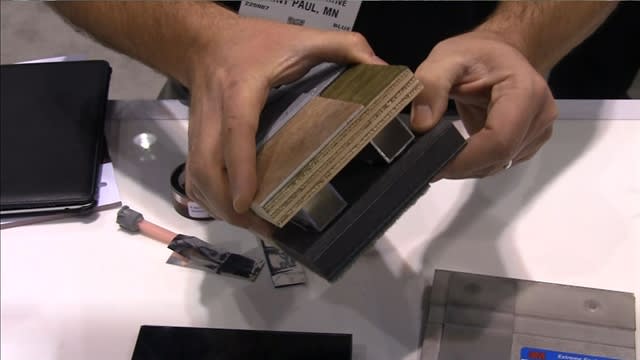Francisco A.
Geotechnical
- May 21, 2021
- 6
Hi y'all,
I am working on a project where a mat foundation is being designed mainly to resist lateral load, with a very (negligible) low axial load. The mat is going to be sized to have enough base area to resist the lateral load using the friction between the bottom of the mat and the foundation soil, and the passive pressure in front of the mat. The mat is expected to be around 4-5 feet thick. The question that I have is how to calculate the lateral load induced on nearby drilled shafts when the mat is laterally loaded (and laterally moving to develop passive resistance). I know that there will be an active wedge of soil trying to push, but if the drilled shafts are beyond the extent of theoretical active soil wedge, then I believe there should not be lateral load on the shafts. Is this statement correct?
What happen on the shafts located along the same line of action as the load? are they laterally loaded? Thanks in advance for your advise!
Francisco.
I am working on a project where a mat foundation is being designed mainly to resist lateral load, with a very (negligible) low axial load. The mat is going to be sized to have enough base area to resist the lateral load using the friction between the bottom of the mat and the foundation soil, and the passive pressure in front of the mat. The mat is expected to be around 4-5 feet thick. The question that I have is how to calculate the lateral load induced on nearby drilled shafts when the mat is laterally loaded (and laterally moving to develop passive resistance). I know that there will be an active wedge of soil trying to push, but if the drilled shafts are beyond the extent of theoretical active soil wedge, then I believe there should not be lateral load on the shafts. Is this statement correct?
What happen on the shafts located along the same line of action as the load? are they laterally loaded? Thanks in advance for your advise!
Francisco.




